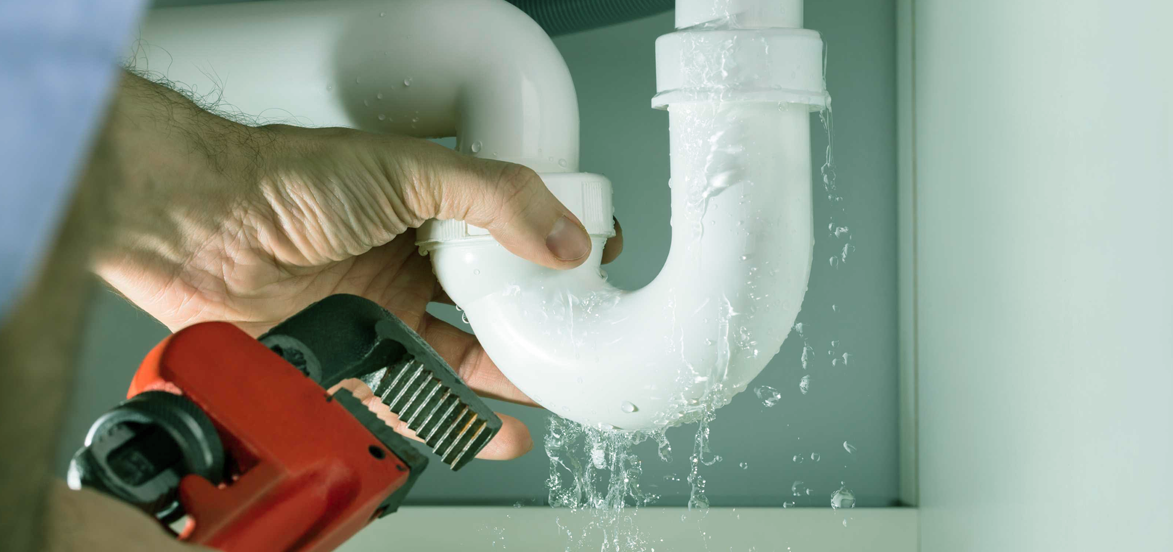They are making a few great points on Hacks to detect leaks as a whole in this article followed below.

Early detection of dripping water lines can mitigate a potential disaster. Some tiny water leaks may not be visible.
1. Analyze the Water Meter
Checking it is a proven way that assists you uncover leakages. If it relocates, that indicates a fast-moving leakage. This means you may have a slow-moving leak that could also be underground.
2. Inspect Water Consumption
Assess your water costs and track your water consumption. As the one paying it, you need to discover if there are any kind of inconsistencies. If you detect sudden changes, in spite of your consumption being the same, it means that you have leakages in your plumbing system. Bear in mind, your water expense should fall under the same range monthly. An unexpected spike in your costs shows a fast-moving leak.
Meanwhile, a stable rise monthly, despite the very same habits, reveals you have a slow leak that's likewise slowly intensifying. Call a plumber to thoroughly inspect your residential or commercial property, particularly if you really feel a cozy location on your flooring with piping below.
3. Do a Food Coloring Test
When it comes to water consumption, 30% comes from toilets. If the color somehow infiltrates your dish throughout that time without flushing, there's a leakage between the storage tank and also dish.
4. Asses Exterior Lines
Don't neglect to examine your outdoor water lines as well. Needs to water leak out of the link, you have a loose rubber gasket. One tiny leakage can throw away tons of water as well as increase your water expense.
5. Assess the situation and also evaluate
Home owners should make it a behavior to check under the sink counters as well as even inside cabinets for any type of bad odor or mold and mildew development. These two warnings suggest a leakage so prompt focus is called for. Doing routine inspections, also bi-annually, can save you from a significant trouble.
If you recognize your residence is already old, keep a watchful eye on your heating units, pipes, pipelines etc. Look for discolorations and damaging as the majority of pipelines as well as appliances have a life expectancy. They will additionally naturally deteriorate due to tear as well as put on. If you presume leaking water lines in your plumbing system, do not await it to rise. Call a specialist plumber as soon as possible so you do not wind up with an awful mess in your house.
Early detection of leaking water lines can mitigate a potential calamity. Some tiny water leakages may not be visible. Inspecting it is a guaranteed way that aids you uncover leakages. One little leak can lose lots of water and also spike your water costs.
If you think dripping water lines in your plumbing system, don't wait for it to intensify.
How to Know If Your Home Has a Hidden Leak
Water Meter Reveals Inexplicable Water Usage
If you’d like to test whether or not there’s a leak somewhere in your home, you can do this using your water meter. Here is how to conduct the test:
Don’t use any water in your home for at least 30 minutes; this also means not turning on faucets or water-using appliances.
Go outside, and check your water meter for activity.
If your water meter shows that there was activity, even though no one was using any water, this proves that there is a leak in your home.Visible Mold or Mildew Growth
Leaks behind walls create moist, dark environments that allow mold and mildew to grow and thrive. Eventually, you might see mold growth forming on the wall closest to a hidden leak.
If mold is growing in an area that receives a high amount of moisture, such as a bathroom, it may simply be an indication that better ventilation is needed. However, if you see mold growth on a wall or the ceiling in an area where you would not expect, you probably have a hidden leak.
Musty, Mildew Odor
Sometimes you might not be able to see the mold or mildew that is growing as a result of a leak. However, the smell can give the problem away just as easily. If you catch a whiff of something musty, there’s a good chance that old water is collecting somewhere in your home that you can’t see.
Stained/Warped Walls, Ceilings, or Floors
When your home soaks up water, a variety of red flags can become visible, including ceiling stains, bubbling drywall, warped walls, and sagging floors. While these issues can be caused by excess humidity, they can also be signs that a pipe or plumbing connection has started leaking behind your walls.
Inexplicably High Water Bill
After a while, you get a general sense for what your water bill should be. If you own a pool or sprinkler system, your bill will tend to be higher during summer. However, if you receive a water bill that seems especially high, and you can’t figure out what caused it, then you may have a hidden leak somewhere that’s increasing your bill.
https://www.plumbingjoint.com/blog/2019/july/how-to-know-if-your-home-has-a-hidden-leak/

As a keen person who reads about Top leak detection hacks, I think sharing that post was really helpful. I beg you set aside a second to share this post if you enjoyed it. Thanks for going through it.